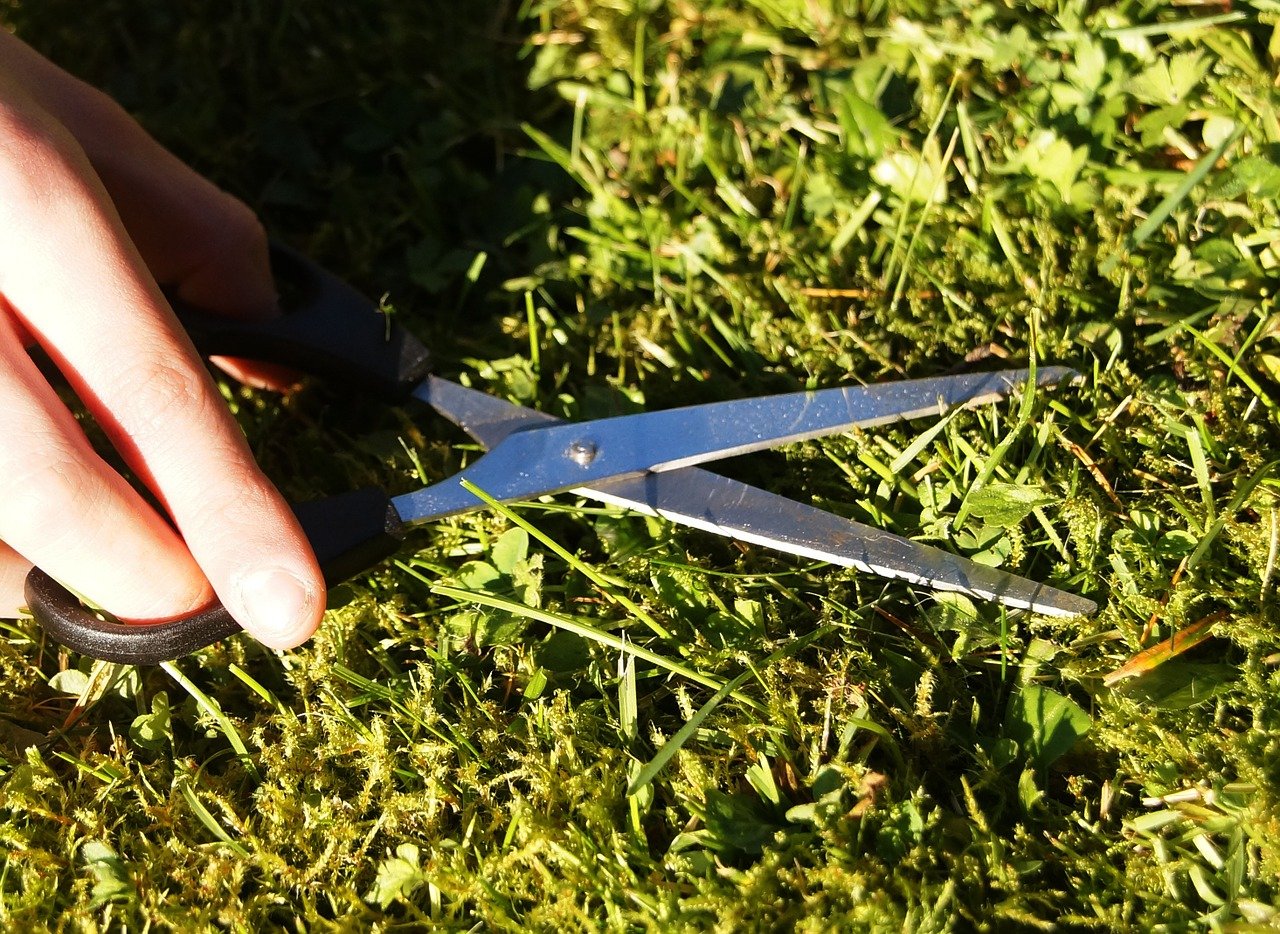The Journal of Applied Botany and Food Quality is the Open Access journal of the German Society for Quality Research on Plant Foods and the Section Applied Botany of the German Botanical Society. It provides a platform for scientists to disseminate recent results of applied plant research in plant physiology and plant ecology, plant biotechnology, plant breeding and cultivation, phytomedicine, plant nutrition, plant stress and resistance, plant microbiology, plant analysis (including -omics techniques), and plant food chemistry. The articles have a clear focus on botanical and plant quality aspects and contain new and innovative information based on state-of-the-art methodologies.

Common garden versus common practice – Phenotypic changes in Trifolium pratense L. in response to repeated mowing
by Thomas Gross, Christina Magdalena Müller, Annette Becker, Birgit Gemeinholzer, Volker Wissemann
Plants react to various biotic and abiotic factors by adjusting their growth pattern. This process, called phenotypic plasticity, can also be observed in the agronomical important fodder plant Trifolium pratense L. (red clover) which is grown worldwide for its high pro-tein content and soil improving ability. After cutting it changes its growth pattern due to phenotypic plasticity and initiates a second growth phase. Here, we analyze the regrowth dynamics of red clover in response to grazing or mowing by recording the plant’s architecture, leaf morphology, and growth performance in different cutting experiments. As previous studies were limited in the number of individuals and carried out via common garden experiments, we analyzed the regrowth reaction of T. pratense under standard agricul-tural field conditions. T. pratense forms smaller and rounder leaflets after repeated cutting, compensated by the production of more bio-mass. Nitrogen contents were subjected to seasonal changes, rather than by changes through cutting. As middle to late cut plants had higher regrowth capacities and regrew more biomass than early cut plants, an optimal time point for biomass harvest can be suggested to maximize the total yield of red clover biomass.

